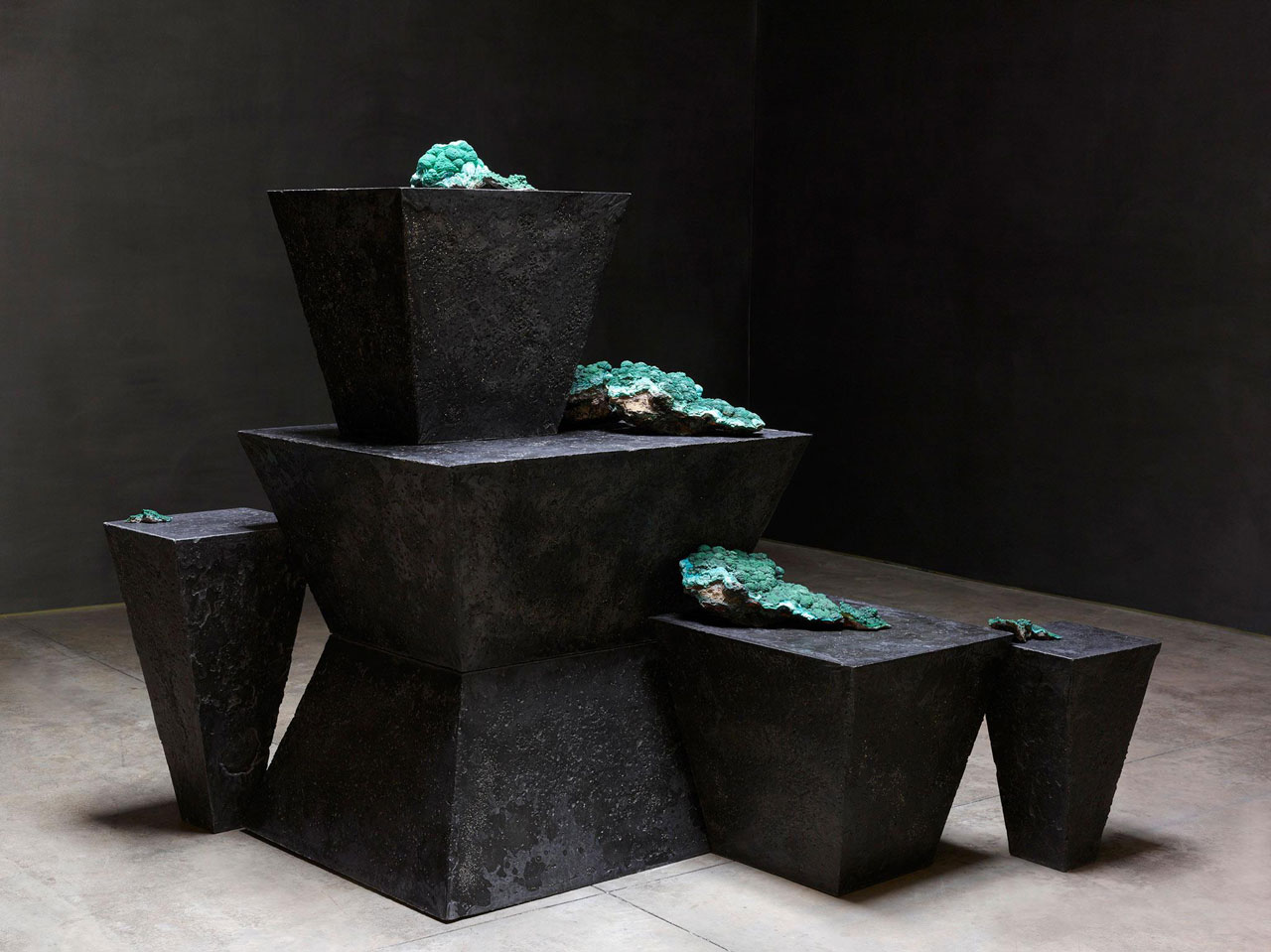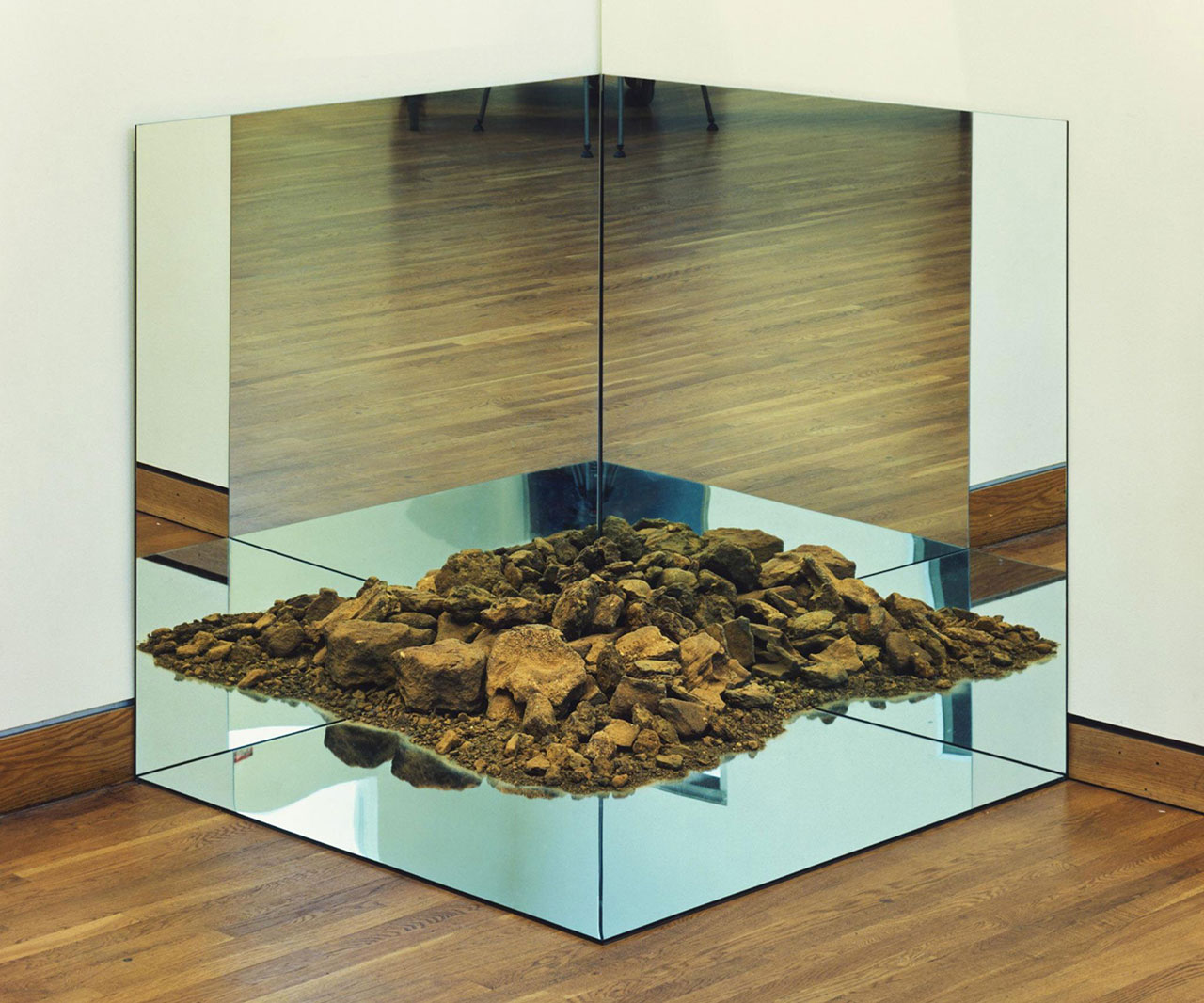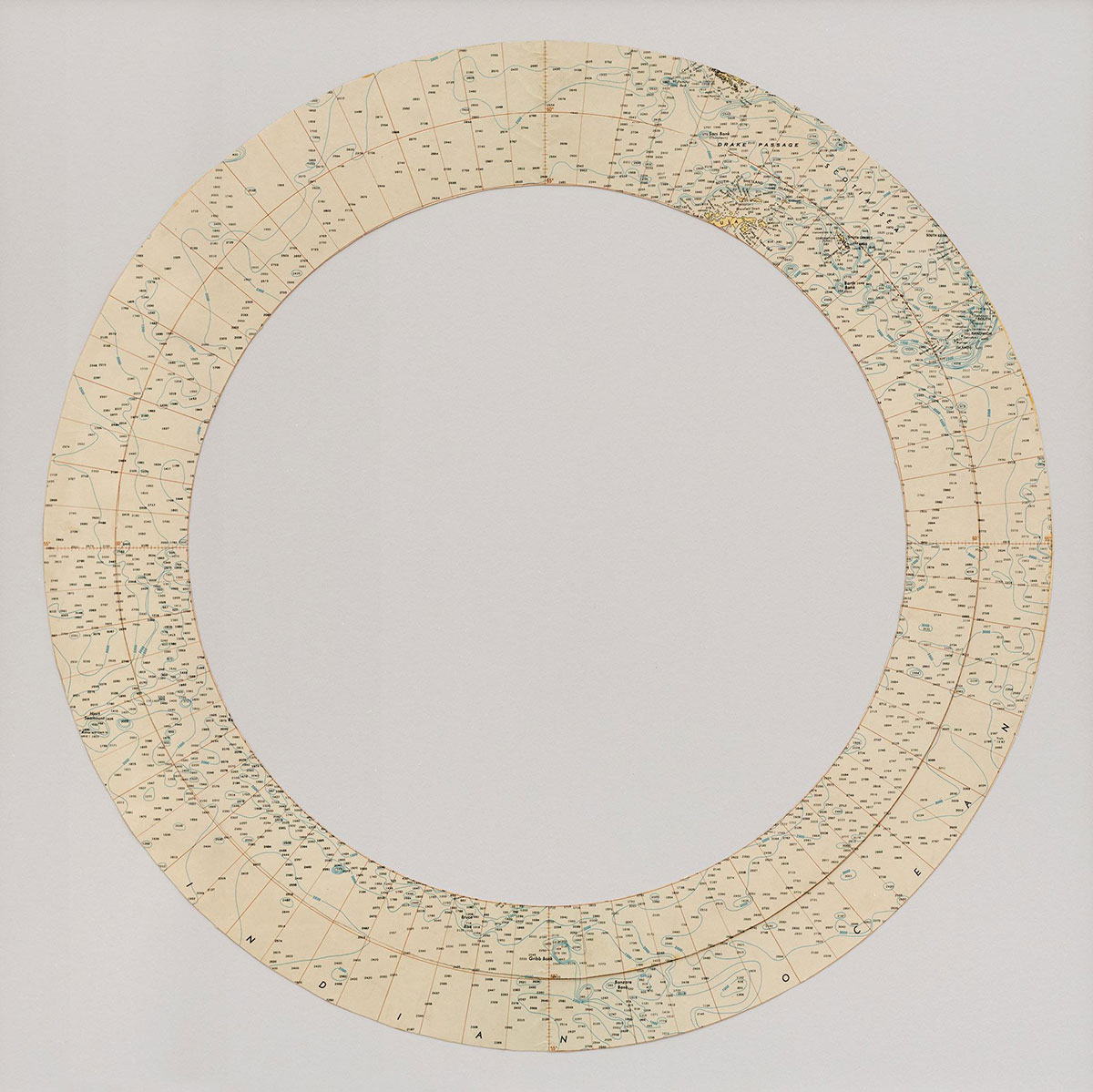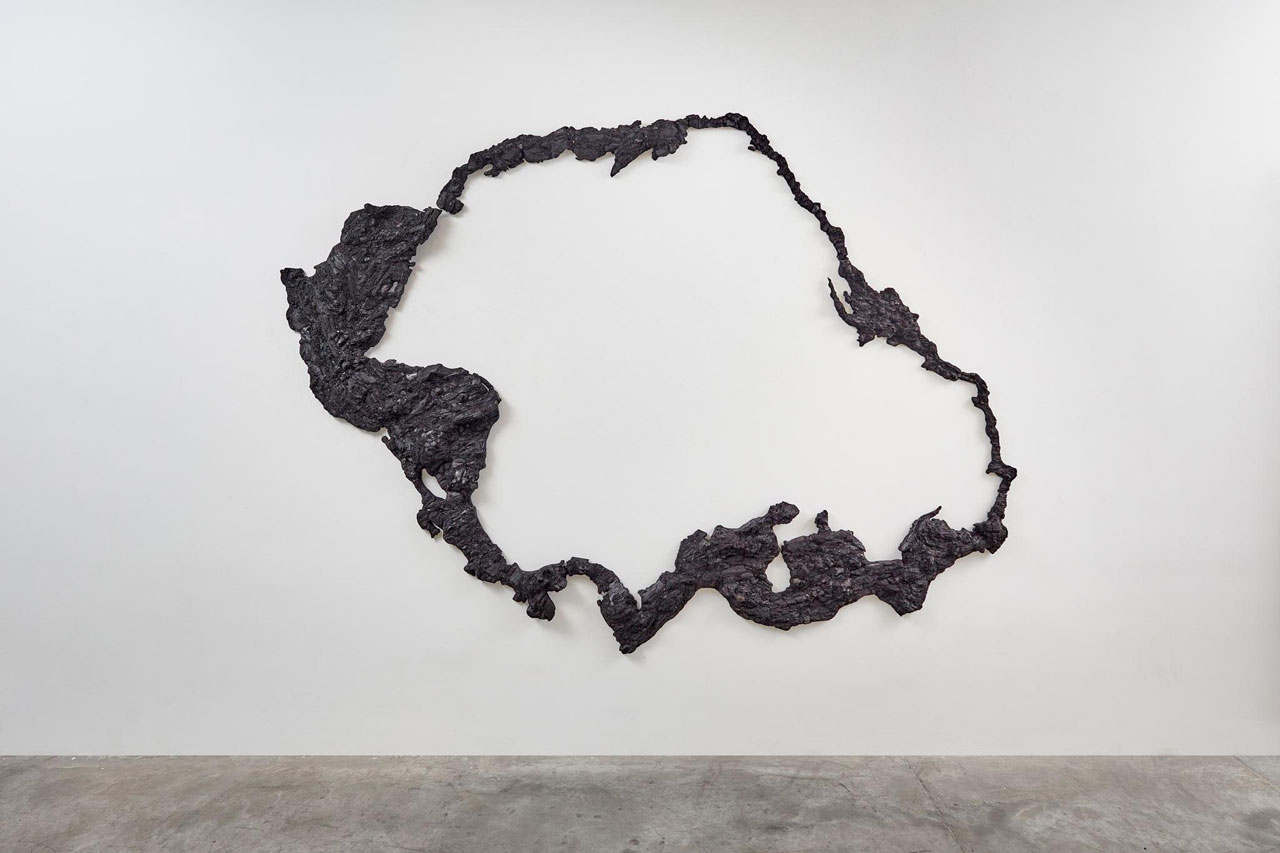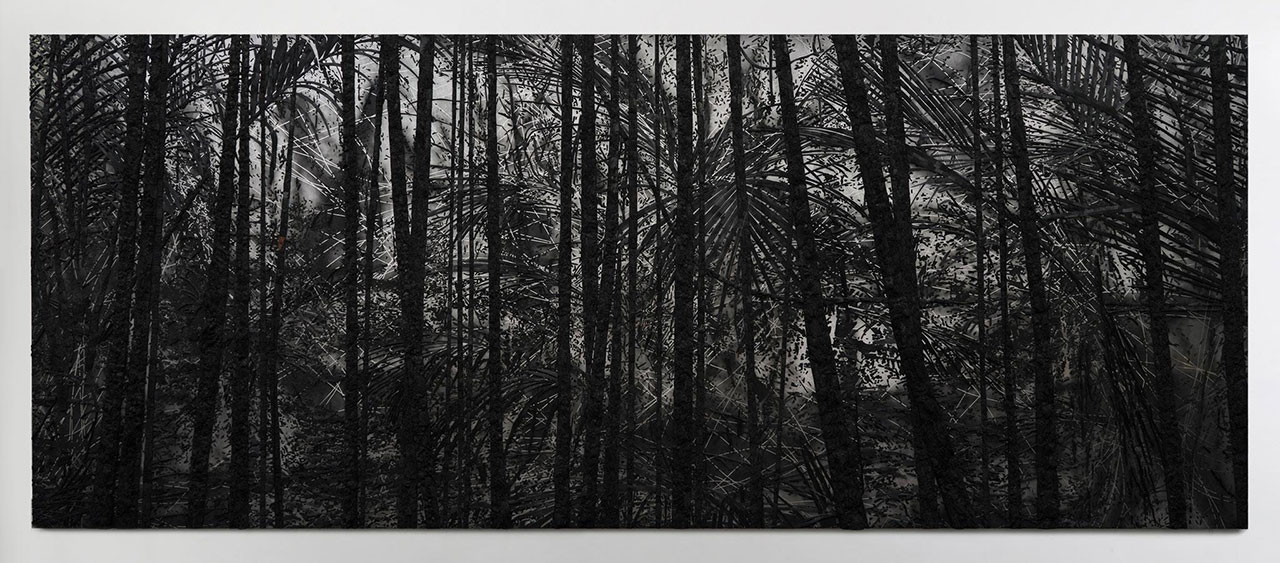PRESENTATION: Teresita Fernández / Robert Smithson
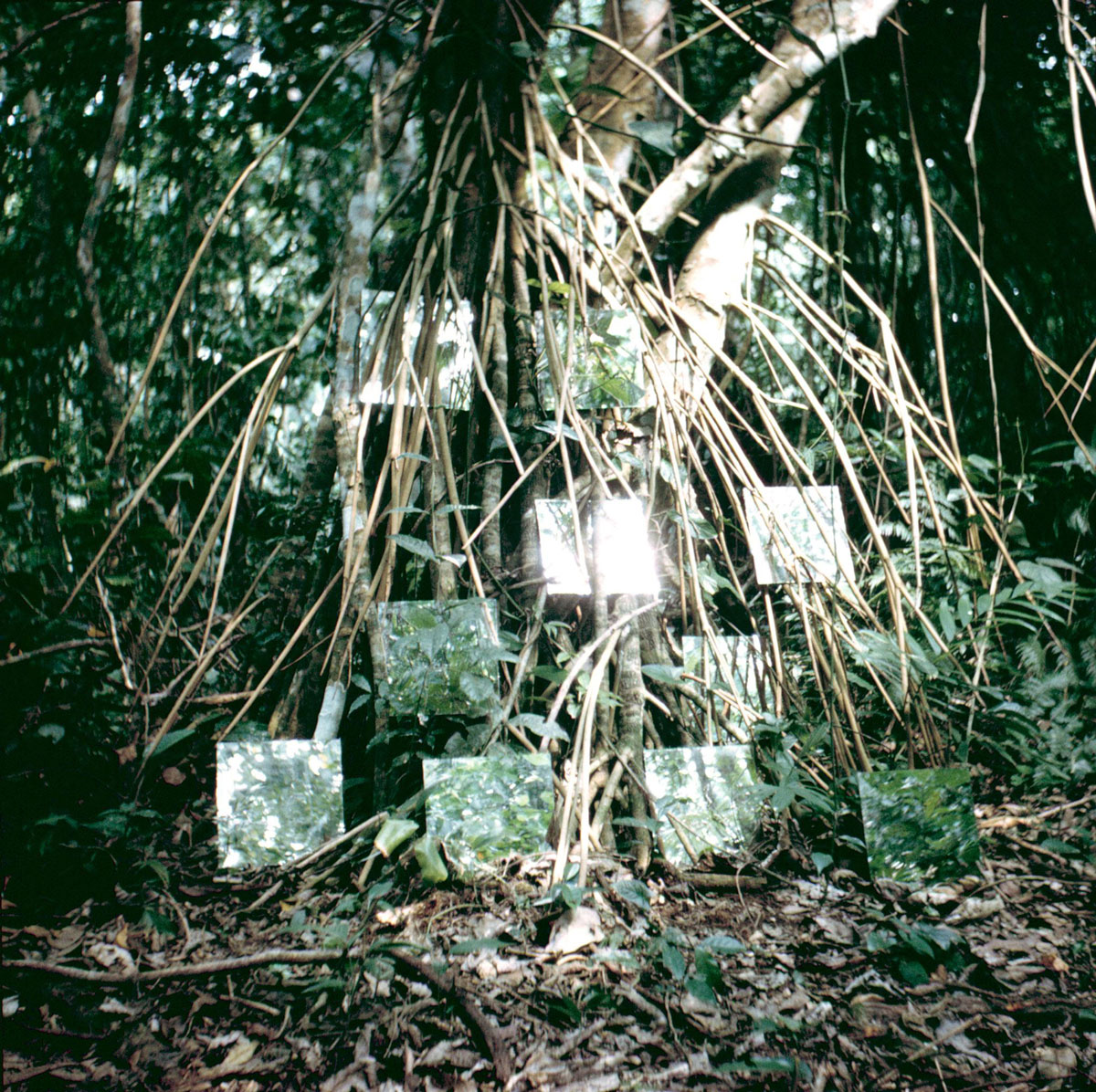 The exhibition “Teresita Fernández / Robert Smithson” is a subjective, intergenerational conversation between two practices, pulling the past into the present. The exhibition critically considers entanglements between place, site, seeing, and deep time through the artists’ mutual engagement with material intelligence, geological agency, and cartographic fictions.
The exhibition “Teresita Fernández / Robert Smithson” is a subjective, intergenerational conversation between two practices, pulling the past into the present. The exhibition critically considers entanglements between place, site, seeing, and deep time through the artists’ mutual engagement with material intelligence, geological agency, and cartographic fictions.
By Dimitris Lempesis
Photo: Site Santa Fe Archive
The exhibition “Teresita Fernández / Robert Smithson” is initiated by Fernández’s long-term engagement with challenging socially constructed ideas about place and landscape and her immersive research on Smithson’s art and ideas. For over 50 years Smithson’s artistic practice has resonated with generations of artists and thinkers to consider the human impact on the surface of the planet. The exhibition brings, for the first time, Smithson’s historic work into a direct conversation with an artist working today. Working with Holt/Smithson Foundation’s collection and supported by key loans from museums around the country, the curators worked to curate a selection of never-exhibited works by Smithson in dialogue with new and recent works by Fernández, offering an intimate exchange between a historic artist and an iconic contemporary artist. Teresita Fernández expansively rethinks what constitutes landscape. Her artistic practice and research move from the subterranean to the cosmic, from political borders to the elusive psychic landscapes we carry within. Unraveling the intimacies between matter, human beings, and locations, through large-scale sculptures, site-specific installations, film, and works on paper that are all materially and conceptually driven, Fernández seeks to reveal the inherent violence embedded in how we imagine and define place. Fernández’s work poetically challenges ideas of power, visibility, and erasure in connection to site and landscape. Robert Smithson expanded what art could be and where it could be found. For over 50 years, Smithson’s writings, artworks, and ideas have influenced generations of artists and thinkers to consider site-specificity and land in relation to conceptual and minimalist practices. From his landmark earthworks to his “quasi-minimalist” sculptures, Nonsites, writings, proposals, collages, drawings, and radical rethinking of landscape, Smithson’s ideas remain relevant for our times. By investigating the conceptual and physical boundaries of knowledge, Smithson raised essential questions about our place in the world. Both Fernández and Smithson’s artistic investigations are rooted in conceptual, research-based practices that engage in intellectual questions and self-reflection in relation to matter, land, and place. Fernández’s insistence on situating site and landscape in relation to human beings opens Smithson’s work to be reexamined through the urgencies of the present. The exhibition is installed through most of SITE SANTA FE’s galleries in an immersive, winding configuration that intertwines both artists’ practices, focusing on their creative engagement with the vast and intimate scales of continents and islands, inviting viewers to reflect on our planet and our relationships with the lands, seas, and skies that surround us. The exhibition is built around artistic dialogue and a desire to reimagine historical assumptions and complexities of art addressing the land. The exhibition features over 30 works by Fernández made over the last three decades, including sculptures, site-specific installations, film, drawings, and new works created specifically for this context. Alongside this careful selection are over 30 works by Smithson spanning 1961 to 1973, a period when Smithson grappled with how the surface of our planet is shaped by human impacts on geological histories. Examining Smithson’s and Fernández’s works in unison creates an invitation to question and rethink the symbols and signifiers that are emblematic of Smithson’s work: rocks, islands, palm trees, beaches, oceans, maps, and language that weave their way through his art and ideas. Throughout her work, Fernández has reimagined archipelagos, hurricanes, night skies, cave systems, oceans, dunes, underground rivers, and tropical forests in order to interrogate thresholds between natural phenomena and human-made devastation, centering the ways in which human beings are affected by the power systems that shape perceptions of place. By rethinking the assigned meaning of these elements, the exhibition proposes a platform to question how place, land, and landscape are defined, critically asking who has agency in such spaces. To place these two names side by side is a provocation to initiate conversations across, between, and through intergenerational artistic production. Fernández takes a particular route in her conversation with Smithson, one which meanders through mangroves, islands, palm trees, roots, mirrors, and shorelines, unraveling points of connection and departure between the two artists.
Photo: Robert Smithson, Seventh Mirror Displacement, detail from Yucatan Mirror Displacements, 1969, Nine chromogenic prints from original 126 format chromogenic slides, 24 x 24 in. (61 x 61 cm) each, framed, Collection Solomon R. Guggenheim Museum, New York
Info: Curators: Teresita Fernández and Lisa Le Feuvre, Site Santa Fe, 1606 Paseo de Peralta, Santa Fe, NM, USA, Duration: 5/7-28/10/2024, Days & Hours: Mon, Thu & Sat-Sun 10:00-17:00, Fri 10:00-19:00, www.sitesantafe.org/
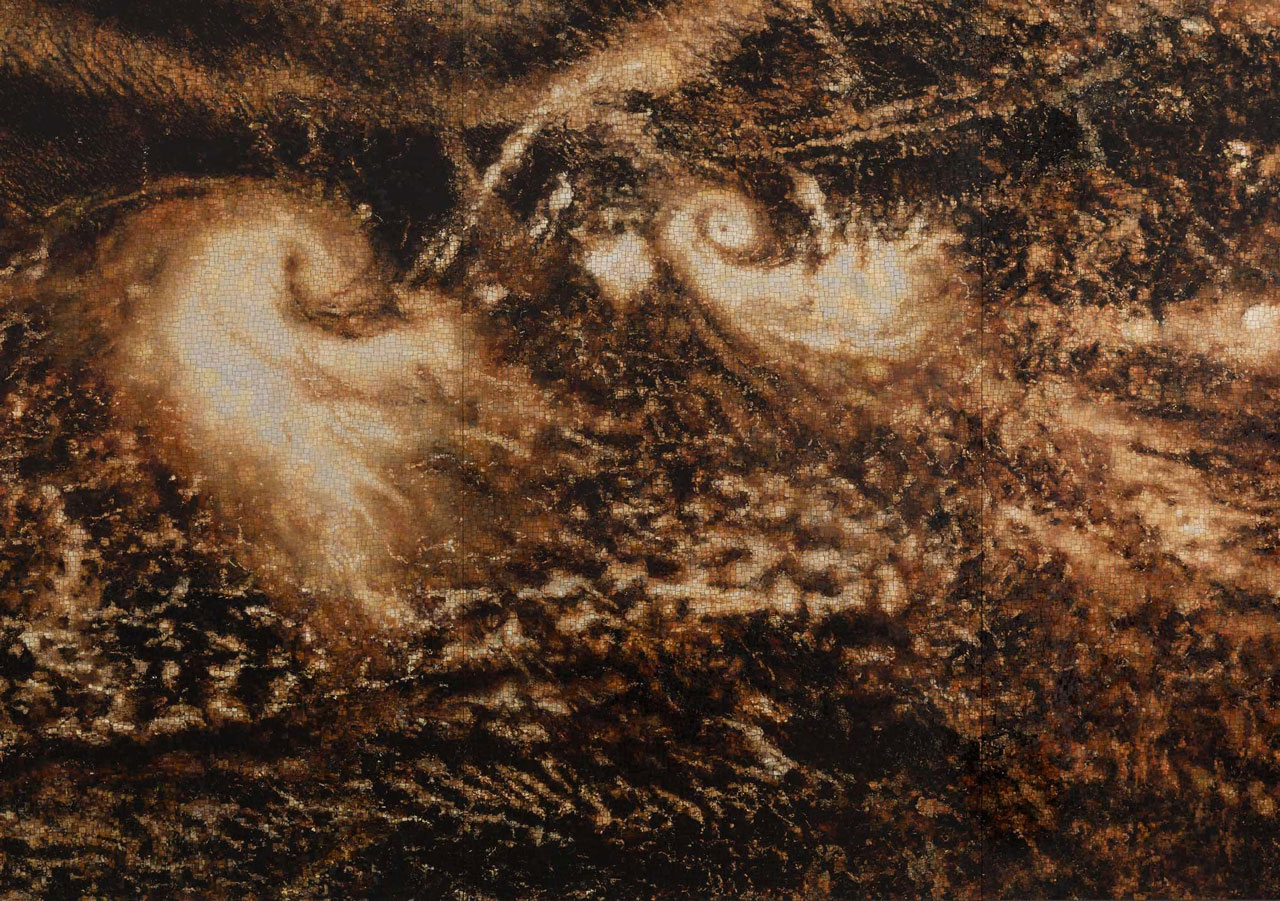
![Robert Smithson, Spiral Jetty [still] (1970), 16 mm film, Color, sound, Duration: 35 minutes, Courtesy Holt/Smithson Foundation](http://www.dreamideamachine.com/web/wp-content/uploads/2024/07/5-RS-Spiral-Jetty-film-1970_0.jpg)
